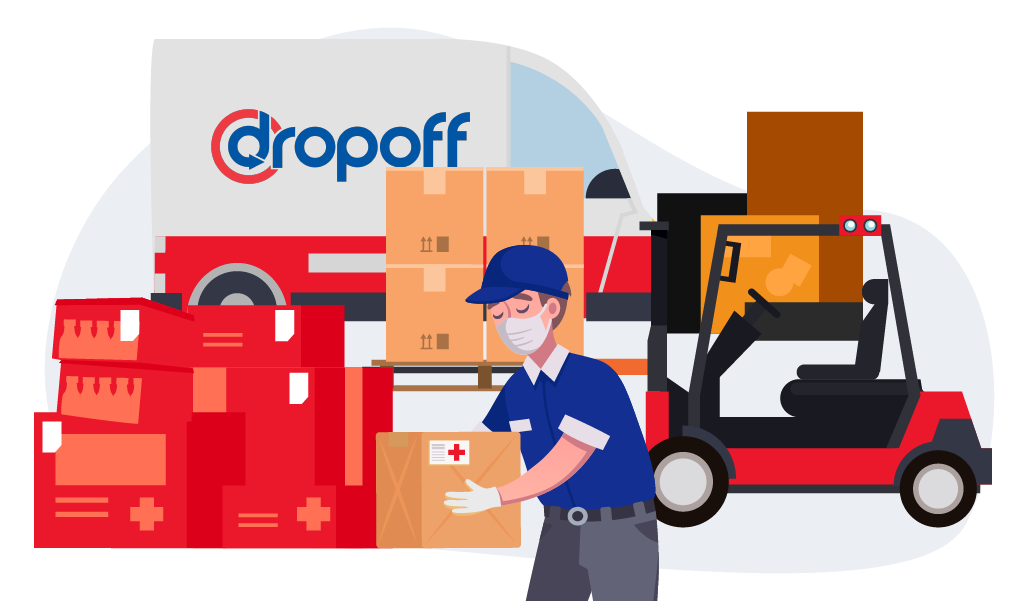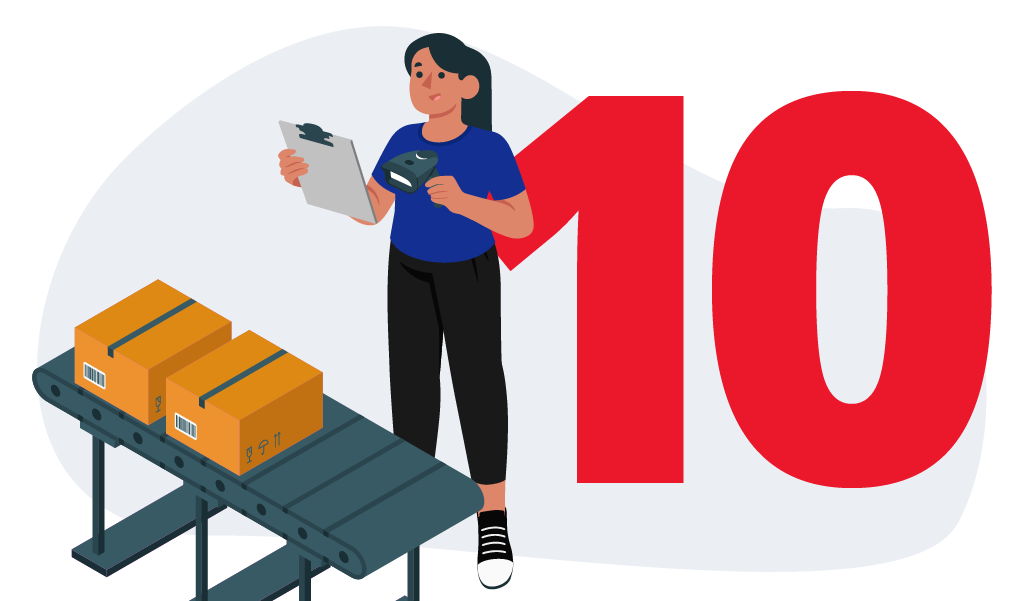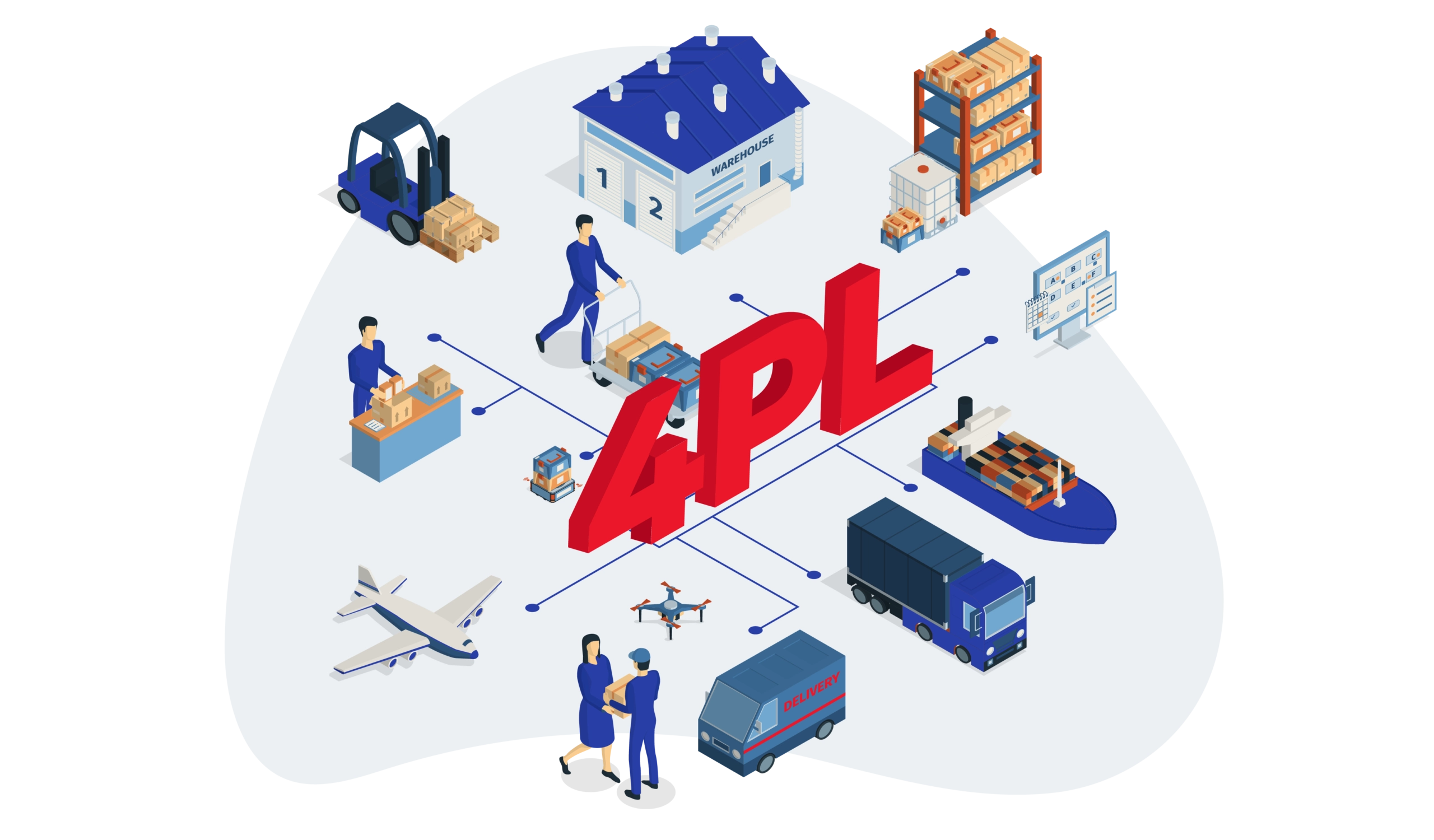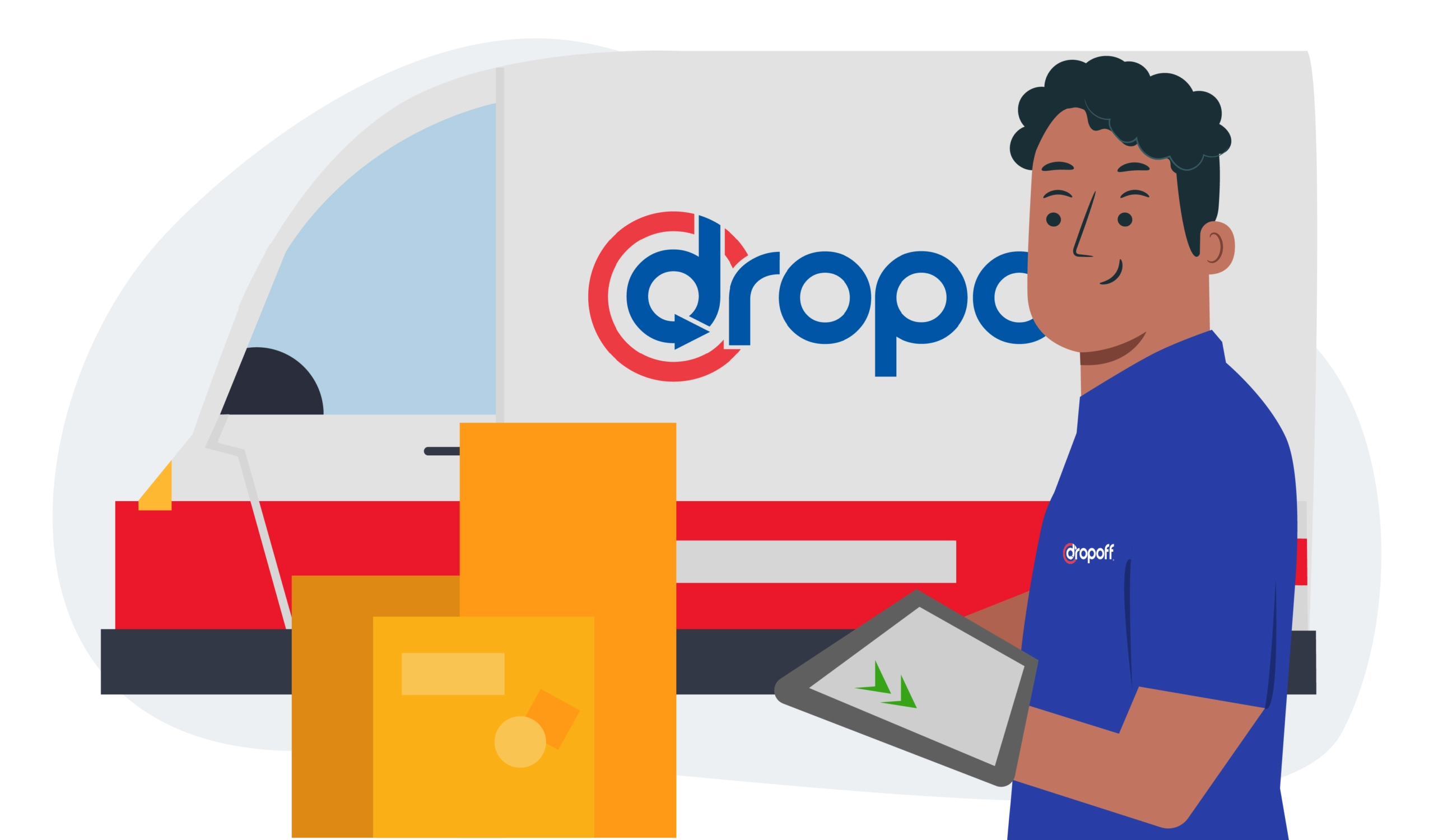Drone Delivery: Everything You Need to Know for Your Business in 2024
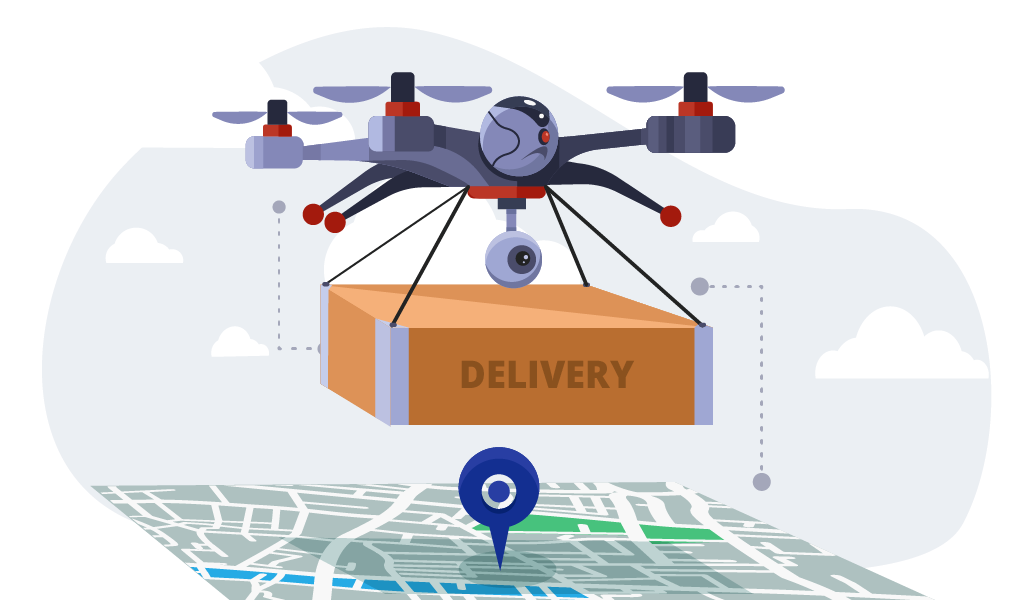
The future is here, and it’s buzzing with the sound of drone deliveries. Just a few years ago, drone delivery was nothing more than a tantalizing concept, a futuristic idea confined to science fiction. However, in 2024, drones are no longer a novelty but a reality, poised to revolutionize the last-mile delivery landscape. As of this writing, the Delivery Drones Market is expected to reach $11.66 billion by 2028, generating a CAGR of 2028.
In this guide, we’ll explore the ins and outs of drone delivery, including its history, its current state, and its promising future. We’ll also examine the pros and cons of this innovative method, showcase companies already utilizing drones for delivery, and provide valuable tips for businesses looking to embrace this cutting-edge technology.
What is Drone Delivery?
Before diving into the details, let’s clarify what exactly drone delivery entails. Drone delivery, often referred to as “drones delivery” or “delivering packages with drones,” is a method of transporting packages and goods using unmanned aerial vehicles (UAVs) commonly known as drones. These drones are equipped with advanced technology, including GPS, sensors, and cameras, enabling them to navigate autonomously and precisely deliver packages to specified locations.
Picture a world where drones hum overhead just like birds chirping. In the future, drones will be part of our daily lives. When you order something online, a small drone quickly collects your package from a nearby center. It smoothly flies over your neighborhood following GPS guidance. It then hovers near your home, leaves your package at your doorstep and goes back up to the sky. This is drone delivery’s vision: turning your doorstep into a delivery hub, offering a new level of convenience, and changing how we shop.
Drone Deliveries: From History to Reality
The concept of using drones for delivery has its roots in the military, where UAVs were initially developed for reconnaissance and surveillance purposes. However, as technology advanced, drones found their way into civilian and commercial applications. It wasn’t long before companies like Amazon and Google started exploring the possibility of using drones for package delivery.
The watershed moment for drone delivery came in 2013 when Amazon CEO Jeff Bezos unveiled the ambitious Prime Air program, which aimed to deliver packages to customers in under 30 minutes using drones. Today, CEO Tom Walker claims that Amazon has already done 110,000 drone deliveries in the USA.
Fast forward to 2024, and drone delivery has made significant strides. Regulatory hurdles have been overcome, and technology has advanced to the point where delivery drones are becoming a common sight in urban and suburban areas. Governments worldwide have established guidelines and regulations to ensure the safe operation of these unmanned vehicles, opening the door for widespread adoption.
Most importantly, businesses and consumers alike have accepted drone deliveries. McKinsey and Company recently conducted a survey showing that nearly 60% of consumers would go with drone deliveries if available in their area. Over the past three years, there have been over 660,000 commercial drone deliveries.
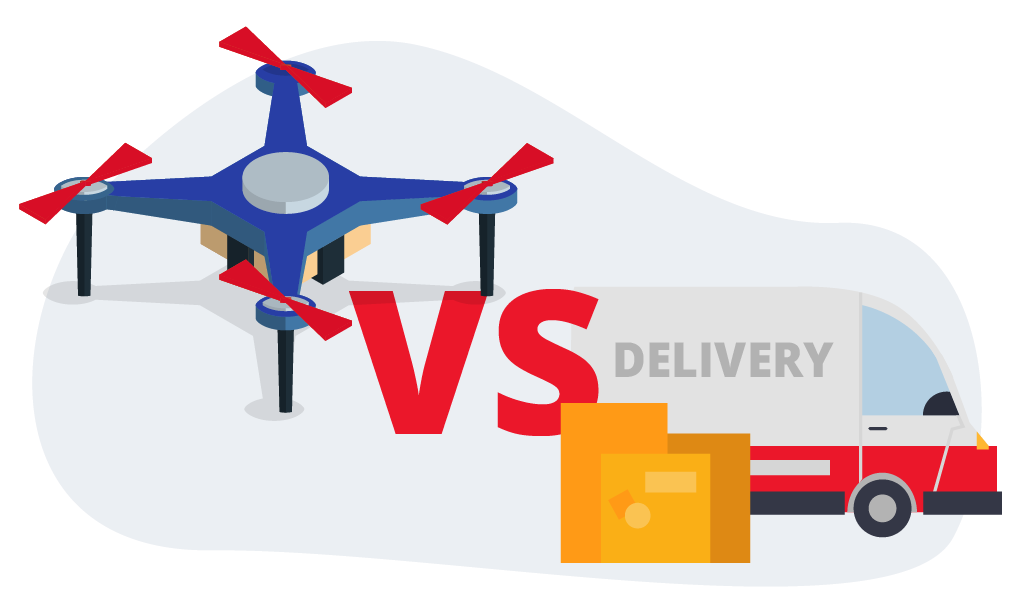
Drone Delivery VS Other Means of Last Mile Delivery
Drone delivery offers several advantages over traditional last-mile delivery methods such as delivery trucks and bicycles. Here’s a quick comparison:
Speed
Drones can traverse extensive distances in remarkably brief timeframes, which is particularly advantageous for urgent or time-sensitive deliveries. While traditional delivery methods often contend with traffic jams and congested routes, drones effortlessly soar over these obstacles, guaranteeing swift deliveries that meet the most pressing deadlines.
Cost-Efficiency
By eliminating the need for a human delivery driver and minimizing fuel consumption, drone delivery systems contribute to reduced operational expenses. Furthermore, their adept maneuverability in dense urban environments results in further cost savings, as they can navigate efficiently through crowded streets and tight spaces.
Environmental Impact
Electric-powered drones emit substantially fewer carbon emissions compared to traditional delivery vehicles, reducing their environmental footprint. This shift towards cleaner and more responsible transportation methods aligns with the growing demand for green, sustainable logistics, making drone deliveries an attractive option for environmentally conscious businesses and consumers.
Accessibility
Drones can reach even the most remote and hard-to-access locations, overcoming the challenges that often interfere with conventional delivery methods. Whether it’s a mountaintop cabin or a remote island residence, drones can efficiently bridge the gap, ensuring that no destination is too distant or inaccessible for timely deliveries.
Future of Drone Delivery
The future of drone delivery is teeming with potential. The number of packages delivered by drone increased by more than 80% from 2021-2022. As technology continues to advance, we can expect to see several key developments in the coming years:
Widespread Adoption
The future of drone delivery will witness a remarkable increase in its use, as companies increasingly integrate drones into their logistics operations. What was once groundbreaking will become a common choice for last-mile delivery, with drone delivery services becoming an everyday occurrence in the industry.
Increased Payload Capacity
There’s no denying that payload capacity is the major limitation of drone deliveries. However, it’s foreseen that future drones will be larger and capable of carrying heavier loads, expanding the types of goods that can be efficiently delivered by air. This development will broaden the scope of drone deliveries to include more substantial items, such as larger electronics and appliances.
Improved Range and Battery Life
As drone technology evolves, longer flight ranges and extended battery life will enable drones to deliver goods over even greater distances. In fact, the US Army’s solar-powered drones are already making a buzz within the business industry. This advancement will enhance accessibility to remote and rural areas, where traditional delivery methods have historically struggled to reach.
Urban Air Mobility
Urban air mobility initiatives will transform how drones operate in cities, with dedicated air corridors for more efficient deliveries in densely populated areas. Drones will help alleviate traffic congestion and make urban last-mile deliveries faster and more efficient, reshaping the delivery landscape in urban environments.
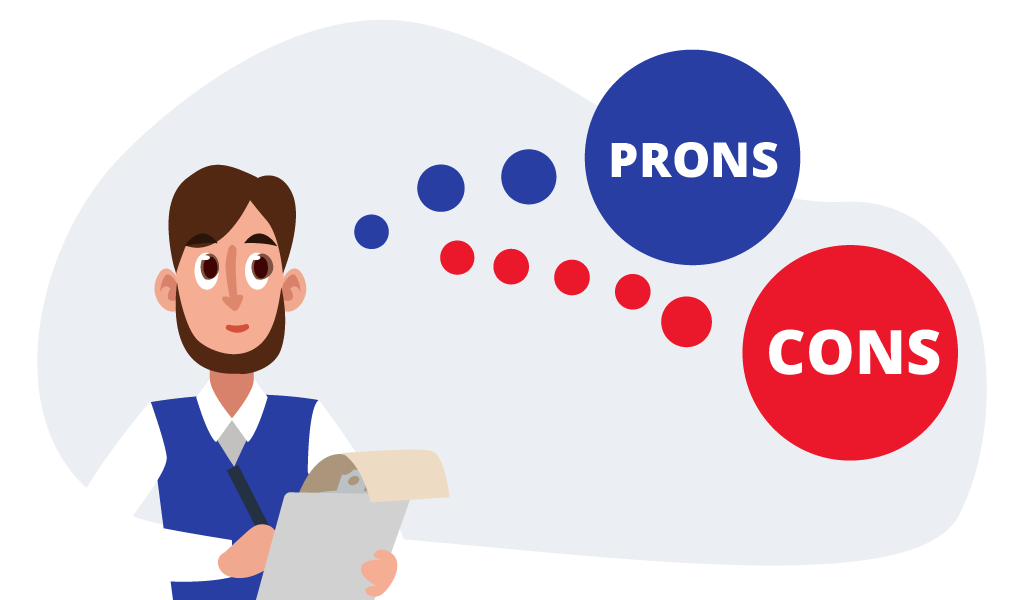
Pros of Drone Delivery System
There are numerous advantages to incorporating drone delivery into your business operations. Some of the key benefits include:
- Speed: Drone deliveries dramatically reduce delivery times, especially in densely populated areas, enhancing customer satisfaction by delivering goods rapidly.
- Cost Savings: With lower operational costs, reduced labor expenses, and improved fuel efficiency, drone delivery is a highly cost-effective option, benefiting businesses and consumers alike.
- Environmental Friendliness: Electric drones produce fewer emissions, aligning with the demand for eco-friendly delivery methods, contributing to a cleaner environment, and fostering sustainability.
- 24/7 Operation: Drones operate around the clock, providing flexibility for deliveries at any time, even during peak demand hours, ensuring convenience and timely service for customers.
Cons of Drone Delivery System
While the future of drone delivery looks promising, there are also challenges and drawbacks to consider:
- Regulatory Challenges: Drone delivery faces strict regulations and airspace restrictions that vary by region, necessitating rigorous adherence to these rules to ensure the safe and legal operation of delivery drones.
- Limited Payload Capacity: Drones have restrictions on the size and weight of packages they can carry, limiting their utility for larger or heavier deliveries.
- Weather Sensitivity: Adverse weather conditions, such as strong winds, heavy rain, or snow, can disrupt drone operations, affecting the reliability of deliveries.
- Security Concerns: Drones may be vulnerable to theft or interference, necessitating robust security measures to protect both the drone and its cargo, ensuring the secure completion of deliveries.
Companies That Already Use Drone Delivery
Several companies have already embraced drone delivery as part of their business operations. Here are a few notable examples:
Amazon Prime Air
Amazon Prime Air has worked tirelessly for almost a decade to bring drone deliveries to life in the USA, focusing on speed, cost-effectiveness, and scalability. Their recent launch in Lockeford, California, marks a significant milestone, offering residents a glimpse of a future where drones deliver everyday items.
Feedback from Lockeford residents will help shape a service that can safely scale, create jobs, and reduce carbon emissions, making this technology a part of the town’s aviation history.
Walmart
Walmart’s journey to offer drone delivery has rapidly expanded across seven states and 36 stores, completing over 10,000 safe deliveries. Their collaboration with Wing, powered by Alphabet, brings on-demand drone delivery to two stores in the Dallas metro area, unlocking a new level of convenience.
Drones flying beyond the visual line of sight expand the horizon for drone delivery, making it both innovative and impressively swift.
UPS
UPS, in partnership with CVS Health Corporation, is using drones to deliver prescription medicines to The Villages, Florida, the largest US retirement community, addressing the need for fast delivery of time-sensitive medications. Their meticulous approach to drone delivery has resulted in securing an FAA air carrier certificate, ensuring safe and reliable operations.
The utilization of breakthrough technologies that have been years in the making demonstrates their commitment to innovative solutions and customer deliveries.
Alphabet’s Wing
Alphabet’s Wing leads the drone delivery movement with a fleet of drones approved through over 350,000 commercial deliveries across three continents. They provide lightweight, safe, and reliable aerial delivery services with advanced autonomous aircraft equipped with sophisticated vision and navigational systems.
Wing’s partnerships with retail, logistics, and healthcare organizations demonstrate the scalability and efficiency of drone delivery, making it a cost-effective and easily integrated solution for on-demand deliveries, including a notable partnership with Walmart.
These companies are at the forefront of adopting drone delivery and are continuously working to improve the efficiency and reach of their services.
Tips for Businesses: How to Work with Drone Delivery
If you’re considering integrating drone delivery into your business model, here are some essential tips to get you started:
1. Regulatory Compliance: Familiarize yourself with local and national regulations governing drone operations. Ensure that your operations are fully compliant to avoid legal issues.
2. Partner with Drone Service Providers: If you lack the expertise or resources to operate your own drone fleet, consider partnering with drone service providers who can handle deliveries on your behalf.
3. Focus on Last Mile Delivery: Drone delivery is most effective for the last mile of delivery, especially in urban and suburban areas. Identify specific routes and locations where drones can enhance your delivery services.
4. Safety First: Prioritize safety in your drone delivery operations. Implement redundant safety measures to mitigate risks and ensure the safety of people on the ground.
5. Real-Time Tracking: Implement real-time tracking and communication systems to keep customers informed about the status of their deliveries.
6. Data Security: Safeguard customer data and sensitive information to maintain their trust and ensure data privacy compliance.
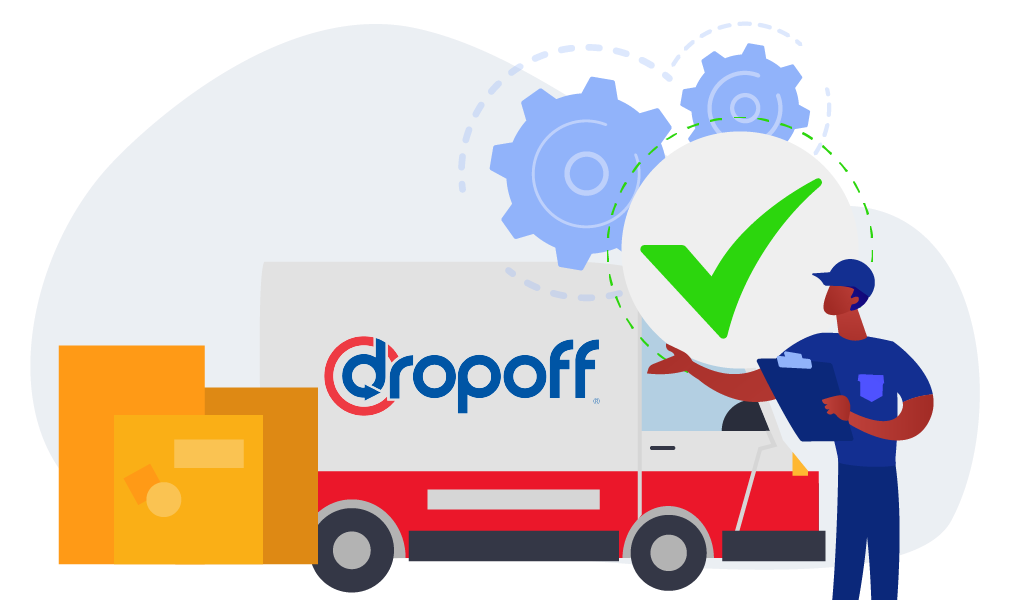
How Dropoff Can Help with Efficient Last Mile Delivery
While drone delivery is not yet a part of the Dropoff services, we are committed to embracing innovative methods in last-mile delivery. We understand the rapidly evolving landscape of logistics and are actively exploring opportunities to incorporate technology into our operations in the near future.
At Dropoff, our mission is to provide efficient, reliable, and environmentally conscious last-mile delivery solutions. We keep a close eye on emerging technologies like drone deliveries and are eager to bring them into our service portfolio when they become viable and beneficial for our customers. Stay tuned for updates on our progress and our commitment to staying at the forefront of delivery innovation.
Contact Dropoff today to future-proof your last-mile deliveries. We’re here to keep your business ahead of the curve and your customers satisfied.
Final Thought
Drone delivery has transcended the realm of science fiction to become a tangible reality in the world of last-mile logistics. As we venture further into 2024, the adoption of drone delivery services is expected to grow, offering businesses new opportunities to streamline their delivery processes, reduce costs, and enhance customer experiences.
FAQs
In some areas, drone delivery services are already available to the general public for specific types of deliveries. However, widespread adoption is still a work in progress, and regulations play a significant role in determining where and how drones can be used.
Drones are best suited for lightweight, small to medium-sized packages. Common examples include food delivery, medical supplies, retail items, and small electronics.
The main regulatory challenges include airspace restrictions, flight altitude limitations, and compliance with safety and privacy regulations. These regulations can vary by region and can impact the scope of drone delivery services.
Most drone delivery services offer real-time tracking through mobile apps or online platforms, allowing you to monitor the progress of your delivery and receive updates on its status.
Drones are sensitive to adverse weather conditions, such as strong winds and heavy precipitation. Most drone delivery services have protocols in place to postpone deliveries in poor weather and ensure the safety of the cargo and the drone.

